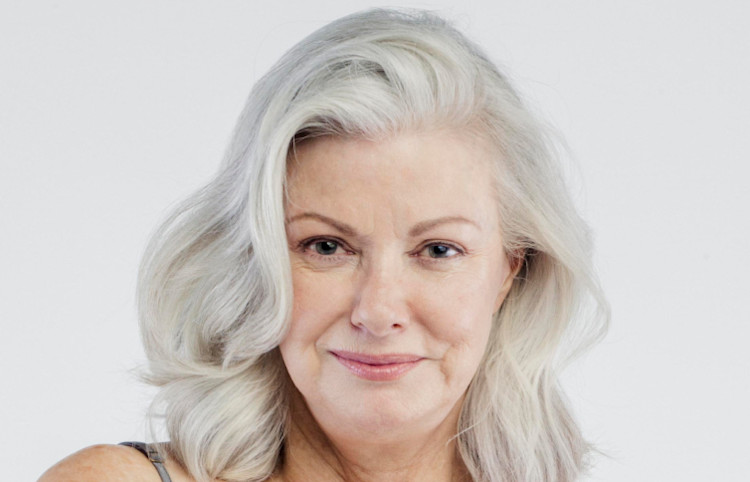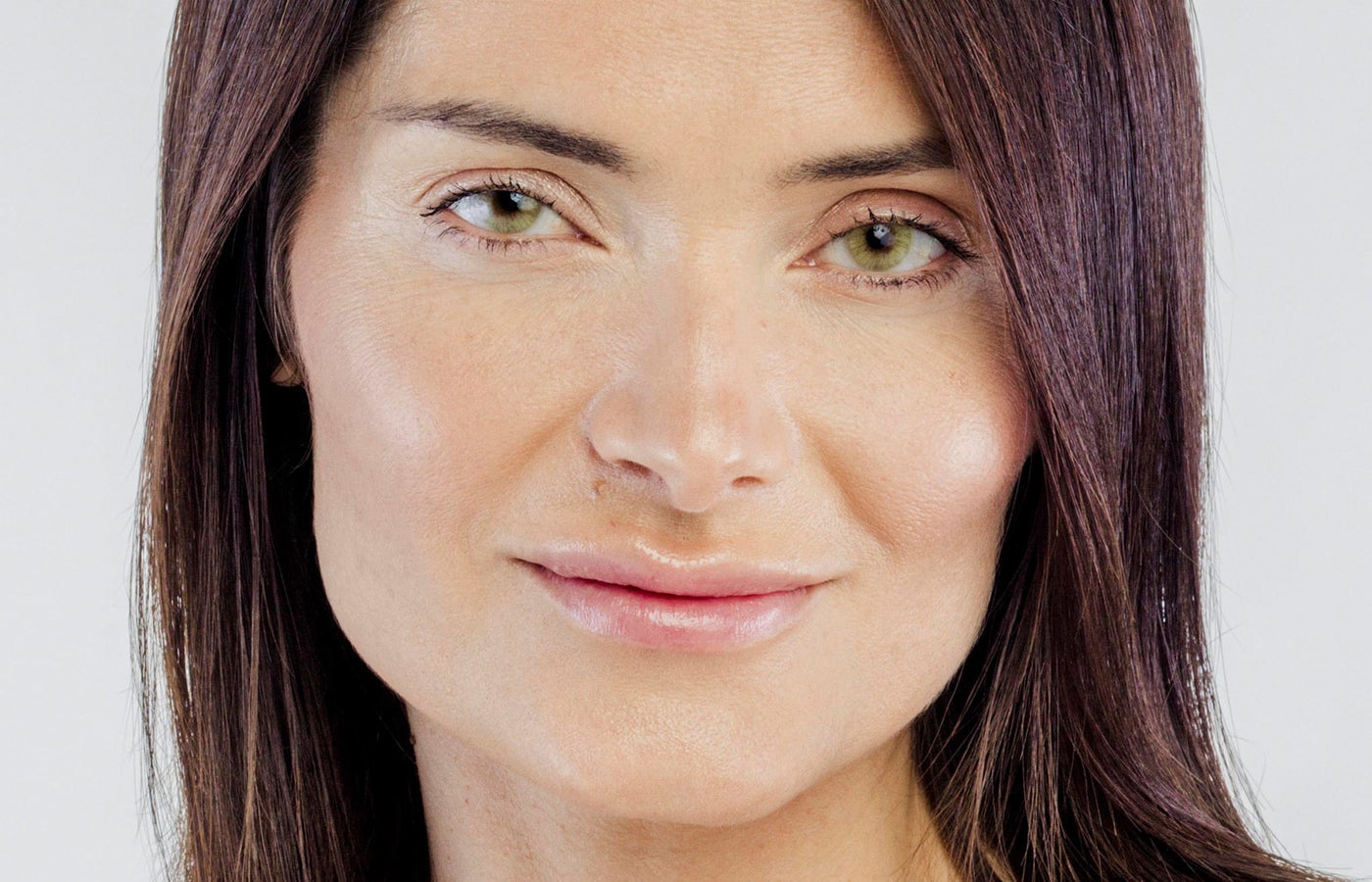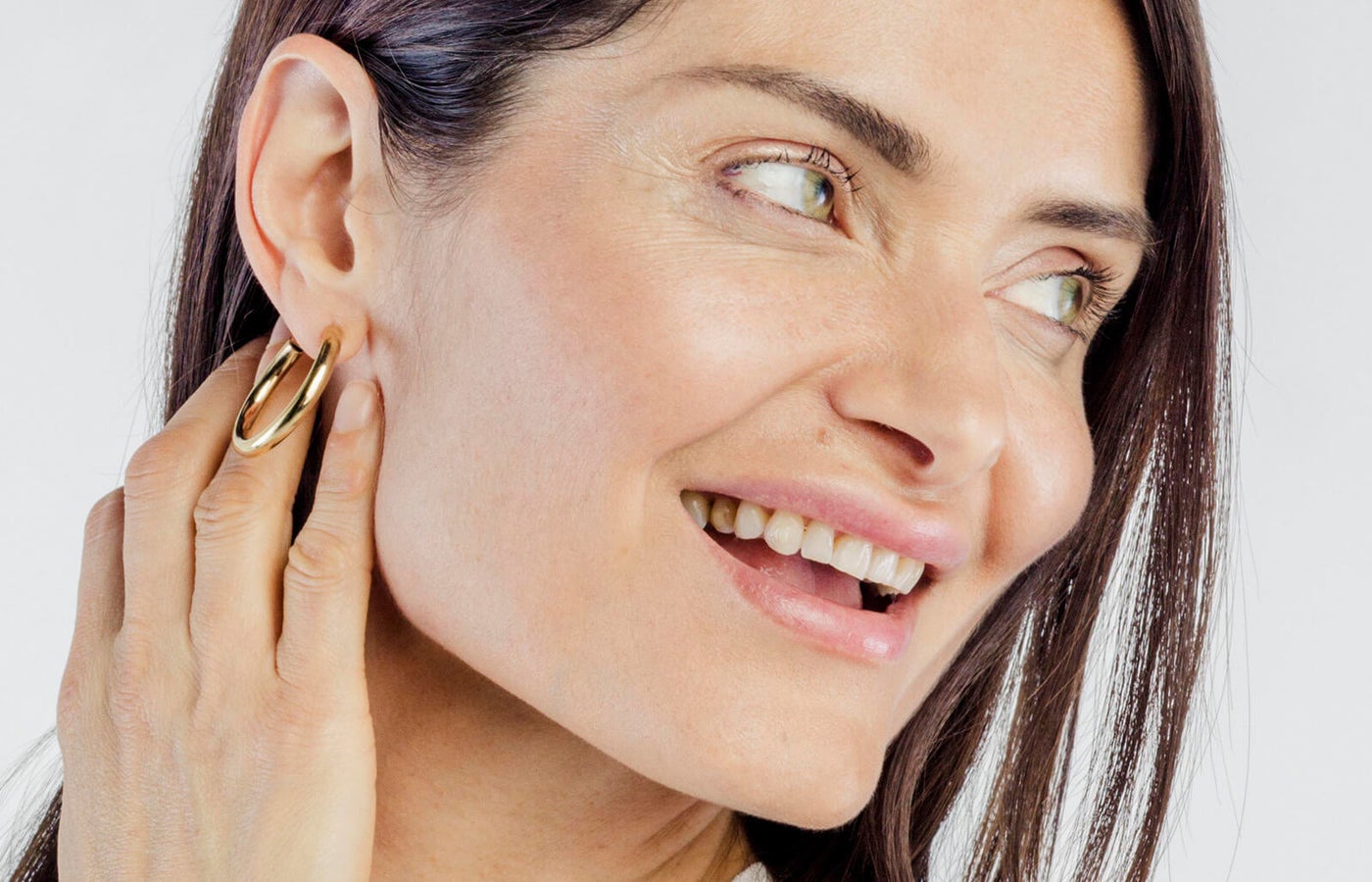Crepey Skin
Thin, crepey skin on the face and body can be treated with potent topical skin care and in-office treatments. Here’s how to ramp up your collagen and elastin, for younger-looking skin.
Thin, crepey skin on the face and body can be treated with potent topical skin care and in-office treatments. Here’s how to ramp up your collagen and elastin, for younger-looking skin.
Top treatments
Skin-care solutions


Crepey skin is very thin, fragile, and finely wrinkled—resembling crepe paper. In some cases, it also looks loose or saggy. Though crepey skin can occur anywhere on the face and body, it commonly appears under the eyes, on the inner sides of the upper arms, on the backs of the hands, and above the knees.
Crepey skin has one primary cause, according to the Cleveland Clinic: sun damage, which breaks down the collagen and elastin that ordinarily keep skin supple and firm.
Aging is another factor, since the body’s production of collagen and elastin slows down over time.
Pollution and smoking can break down collagen as well, and significant weight gain or loss can also contribute to this common concern.
Related: The Ultimate Guide to Understanding Collagen for Your Skin
Crepey skin can be more difficult to treat than fine lines and wrinkles, but there are quite a few in-office treatments for minimizing the appearance of crepiness.
According to doctors and RealSelf members, these procedures are most effective for plumping, firming, and smoothing crepey skin.
- Injectable fillers in the dermal layer (just beneath the skin) can treat crepey skin in two ways. As you’d expect, they add volume that immediately plumps and smooths skin. But research also shows that certain types of hyaluronic acid (HA) gels, such as Restylane, can stimulate your body’s natural production of collagen, to some extent. That’s why some providers use HA fillers for a treatment called skin boosting. “This treatment consists of the injection of small amounts of low-concentration fillers, intended to hydrate and smooth the skin not only from underneath, but also through biostimulatory effects, which increase native collagen and elastic fiber synthesis,” says New York City dermatologic surgeon Dr. Nelson Lee Novick. Though the ultrafine fillers that are used abroad for skin boosting aren’t yet approved by the U.S. Food and Drug Administration (FDA), some doctors inject currently FDA-approved HA fillers, superficially, for this purpose. For instance, Dr. Novick uses Restylane Silk, a thin HA, to improve skin quality. Fillers like Juvéderm Volite and Restylane Skinboosters have been used like this in the U.K. for years, and they may be coming to the U.S. market soon. “In addition to hyaluronic acid fillers, collagen builders like Sculptra and Radiesse can help smooth crepey cheeks, hands, cleavage, and areas like the elbows and knees,” says Dr. Dana Goldberg, a plastic surgeon in Jupiter, Florida. When administered by highly qualified providers, injectables are a relatively low-risk skin treatment, though they may come with some bruising and swelling. HA fillers are also easily reversible. Results typically last from months to years, depending on the specific product and your body’s metabolism. Find doctors who offer injectable fillers Related: The Best Treatments for Different Types of Skin Laxity
- Chemical peels exfoliate away damaged top layers of skin and encourage cell turnover. Providers offer various peels that feature different acids, such as the alpha hydroxy acids glycolic acid and lactic acid, in a variety of concentrations. Your provider will recommend the chemical peel best suited to your concerns and skin type. During the treatment, your provider brushes the peel solution onto your skin and lets it sit for anywhere from a few minutes to an hour before neutralizing it. In the days following your treatment, your skin will peel and flake. You can use a gentle cleanser and simple moisturizer in order to avoid excess irritation. Once the old, damaged skin cells have fallen away, you’ll see brighter, smoother skin. Depending on the type of chemical peel and its strength, you may need a series of peels, to achieve optimal results. Find doctors who offer chemical peels
- Retin-A is a prescription-strength topical retinoid featuring tretinoin, a form of vitamin A that dermatologists consider the gold standard for treating a myriad of skin issues, including signs of aging. It increases skin cell turnover and boosts collagen production, leading to firmer, smoother skin; fewer fine lines and wrinkles; and increased radiance. Tretinoin, which can be found in a cream, gel, or liquid, may cause dryness and flaking as well as sun sensitivity during the first few weeks of use—so a slow-and-steady approach, along with vigilant sun protection, are imperative. You’ll need to use tretinoin regularly for at least four to six weeks, to start seeing results. But decades of clinical research show that Retin-A’s collagen production benefits are unmatched among topical products. By increasing collagen levels, it can smooth and fortify crepey skin. Find doctors who offer Retin-A
- Ultherapy is a noninvasive treatment that tightens loose or crinkly skin. During the procedure, ultrasound energy gently heats the tissue, stimulating the body’s natural production of collagen in order to firm and tone your skin. It has FDA clearance for use on the neck, chin, brow, and chest, but some doctors use it off label, to treat crepey skin on the legs and other areas of the body. It can also improve the skin around the eyes, though not the eyelids. The procedure is safe for all skin types and tones. Ultherapy stimulates new collagen production, improving your skin from the inside out. Because it bypasses your skin’s surface, downtime is minimal. While the procedure can be painful, taking pain medication prior to your procedure can make you more comfortable. As with other treatments that rely on gradual collagen production, it can take a couple of months to see full results. Find doctors who offer Ultherapy
- Microneedling RF treatments, like Vivace and Profound, use superfine needles, charged with radiofrequency energy, that press into the dermal layer of skin to create tiny injuries, triggering the body’s healing response in order to ramp up collagen production and firm and tone crepey skin. Microneedling RF can cause some discomfort, though topical numbing cream should help. Depending on the device used and the depth of treatment, redness and tenderness can last anywhere from a few hours to a couple of weeks afterward. This treatment is safe for all skin types and tones. For certain devices, multiple sessions are often required, and it can take up to six months to see full results. Find doctors who offer microneedling RF
- Fraxel is a popular skin-resurfacing laser treatment. It works by creating small injuries within skin, affecting just 25–40% of the surface in the treatment area. This triggers the natural repair process, generating new collagen and skin cells as it heals. Within a few weeks of your procedure, skin looks smoother and its overall texture and tone improve, with results getting better for up to six months afterward. Because Fraxel damages only a percentage of skin, it entails less downtime (usually less than a week) than more powerful ablative lasers. It can treat the face, neck, and hands, so it could be a good option for people with crepey skin in these areas. However, it can potentially cause hyperpigmentation in people with medium to dark skin tones and could burn or scar if your provider isn’t experienced. Find doctors who offer Fraxel
Given that sun exposure is the primary culprit of crepey skin, applying a high-SPF (30+) sunscreen daily is essential to prevent and minimize it. “Meticulous sunscreen use is important to prevent worsening of skin texture,” says Dr. Goldberg.
The most beneficial over-the-counter creams and lotions have ingredients that draw in and retain moisture, hydrating your skin and giving it a plumper, more supple appearance. According to the Cleveland Clinic, hyaluronic acid is the most effective ingredient for combating crepey skin, so look for moisturizers—like BeautyStat Pro-Bio Moisture Boost Cream—that feature this water-attracting ingredient.
Other ingredients that can help include glycerin and dimethicone, found in crepey-skin creams like Crepe Erase Advanced Body Repair Treatment—though it’s worth noting that this product doesn’t contain hyaluronic acid.
When using creams, keep your expectations realistic. Sherman Oaks, California, surgeon Dr. Michael Zadeh says that “creams and at-home skin-care products do not provide dramatic results. They are more for maintenance and to complement results of more aggressive treatments.”
Related: The Treatments and Ingredients Actually Proven to Reduce Wrinkles
Updated July 6, 2021





